When it comes to training dogs, not all breeds are created equal. While some pups live to please and follow commands eagerly, others prefer to do things on their own terms.
These free-spirited thinkers often test boundaries, ignore recall cues, or challenge authority—turning obedience lessons into patience-testing adventures. Yet beneath their stubborn exterior lies sharp intelligence, strong instincts, and an independent drive shaped by their original purpose.
Research shows that while the majority of households engage in at least some form of dog training at home, only about 5% of owners commit to formal obedience classes—despite lessons often costing between $30 and $80 per session.
For breeds with a reputation for being difficult, this lack of structured training can make all the difference between a manageable companion and a handful on a leash.
In this guide, we’ll explore notorious dog breeds with a history of being difficult to train. Whether fueled by independence, energy, or clever defiance, these dogs demand consistency, patience, and understanding—rewarding dedicated owners with loyalty earned through respect, not routine.
Notorious Dog Breeds with a History of Being Difficult to Train
1. Afghan Hound
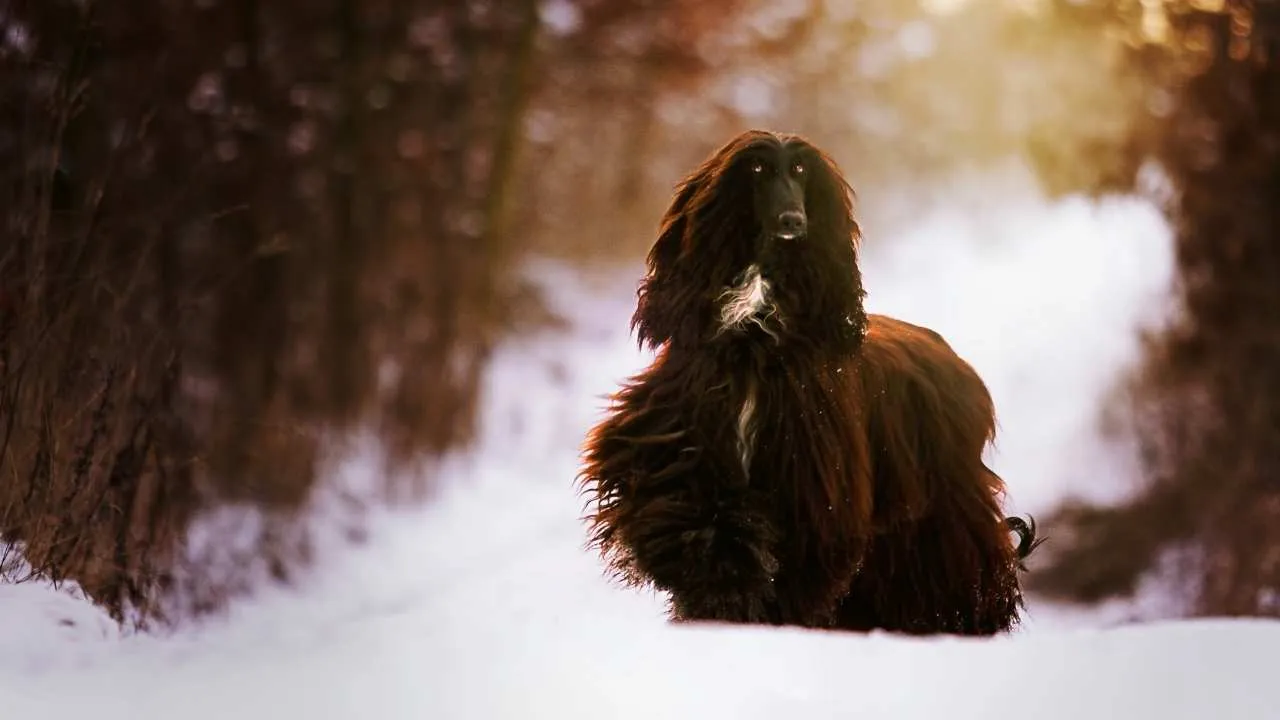
Also known as the “royalty of the dog world,” the Afghan Hound is a majestic sighthound celebrated for its long, silky coat and regal stature. The AKC describes the Afghan Hound as one of the most wonderful dog breeds—an elegant, noble, and reserved aristocrat.
Originating thousands of years ago near modern-day Afghanistan, these elegant dogs once helped nomadic tribes flush out swift prey like rabbits and gazelles. Their noble appearance often conceals a mischievous and fiercely independent spirit, making them one of the most challenging breeds to train.

Afghan Hounds are highly intelligent but tend to think for themselves, often displaying selective hearing when given commands. They prefer doing things on their own terms, much like a cat, and will often ignore instructions if they aren’t in the mood.
This independent streak, coupled with their aloof nature, can frustrate novice owners attempting traditional obedience training.
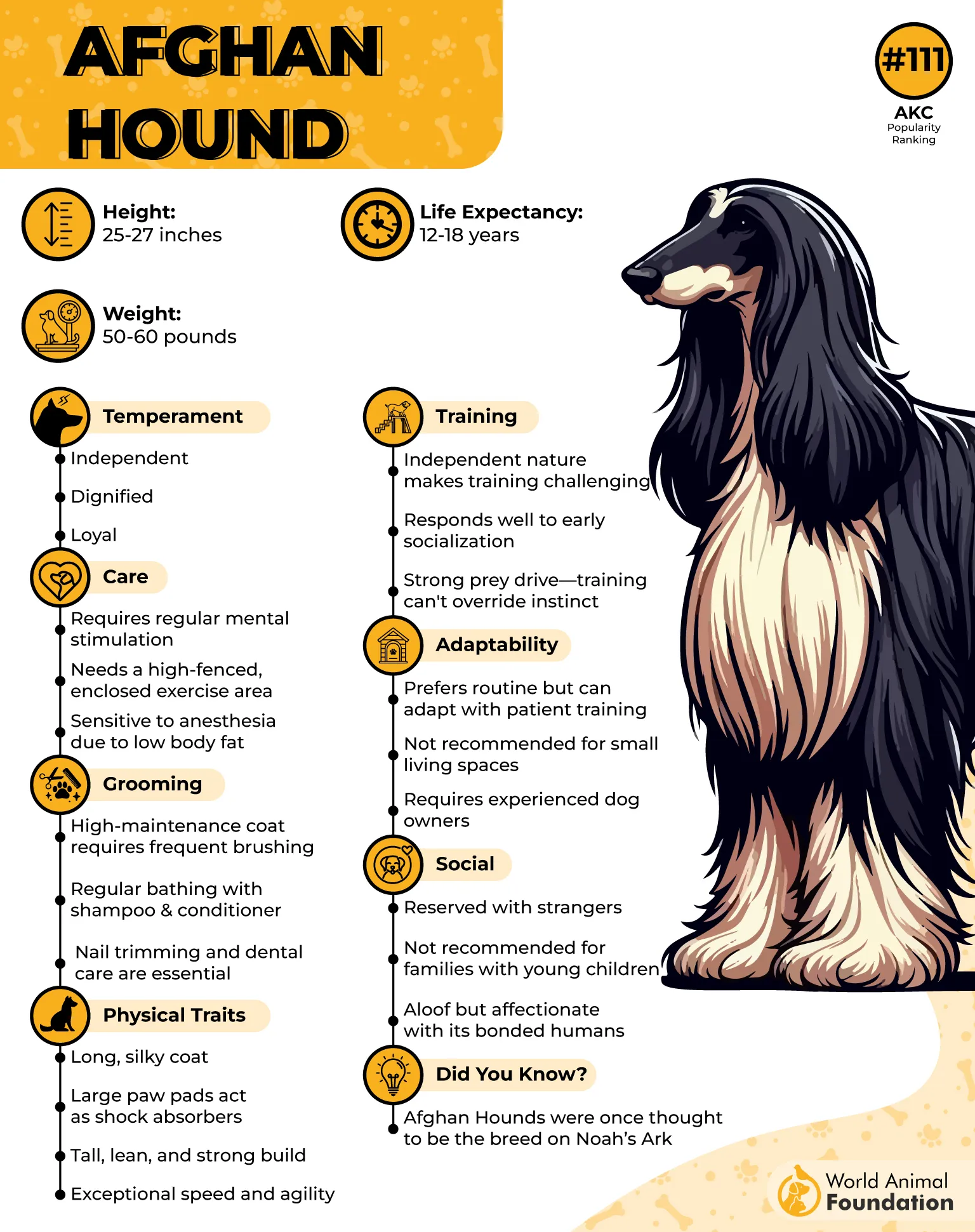
Adding to the challenge are their lightning-fast reflexes and powerful prey drive. Once they spot movement, their instincts kick in—making recall training nearly impossible without early and consistent reinforcement. Patience, persistence, and creative engagement are key to keeping them focused.
Despite their stubbornness, Afghan Hounds remain deeply loyal and affectionate with those they trust. These ancient hounds can sprint at speeds rivaling racehorses, showcasing the blend of beauty and athleticism that defines this royal breed.
🎧 Dogcast
Episode 12 — If Dogs Could Talk: Why Do Humans Go to the Gym When the Park Exists
If you don’t hear sound, tap the button above to enable audio.
2. Basenji
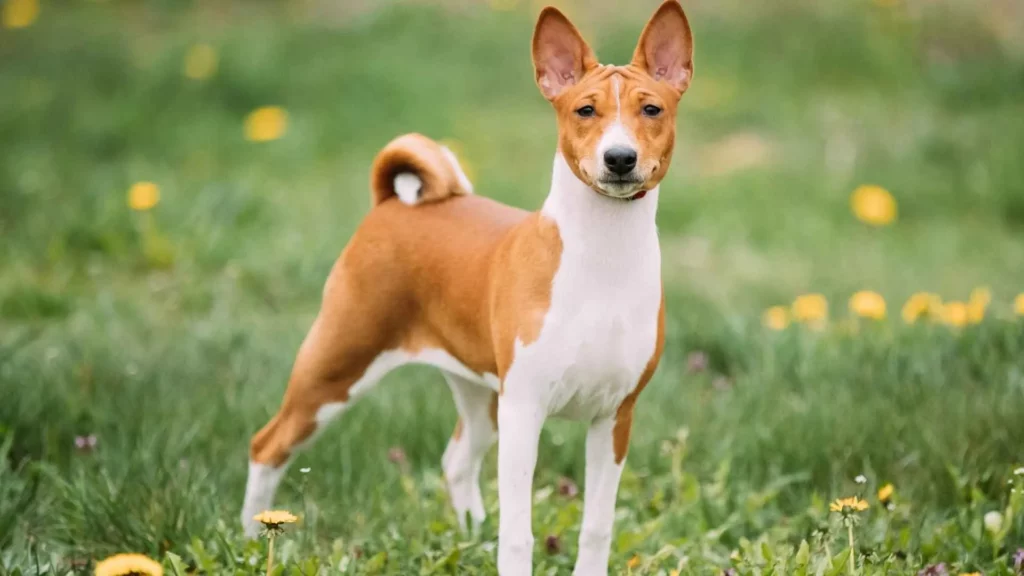
Also called the “African Barkless Dog,” the Basenji is a sleek, small hound with ancient roots tracing back to Central Africa. PetMD notes that Basenjis are a small breed and energetic dogs.
Known for its cat-like independence and self-grooming habits, this breed is unique not only for its elegant build and alert expression but also for its signature “yodel” — a sound that replaces the typical bark.
Training a Basenji can feel like negotiating with a clever, self-assured roommate. These dogs are incredibly intelligent yet notoriously stubborn, often preferring to do things on their own terms.
They thrive on mental stimulation, so traditional drills won’t cut it — creative methods like puzzle games and scent challenges help keep their sharp minds engaged.
Their high prey drive and curiosity can easily override recall, especially in busy or stimulating environments. Consistency and patience are key, along with early socialization and one-on-one attention from a primary trainer they bond with most deeply.
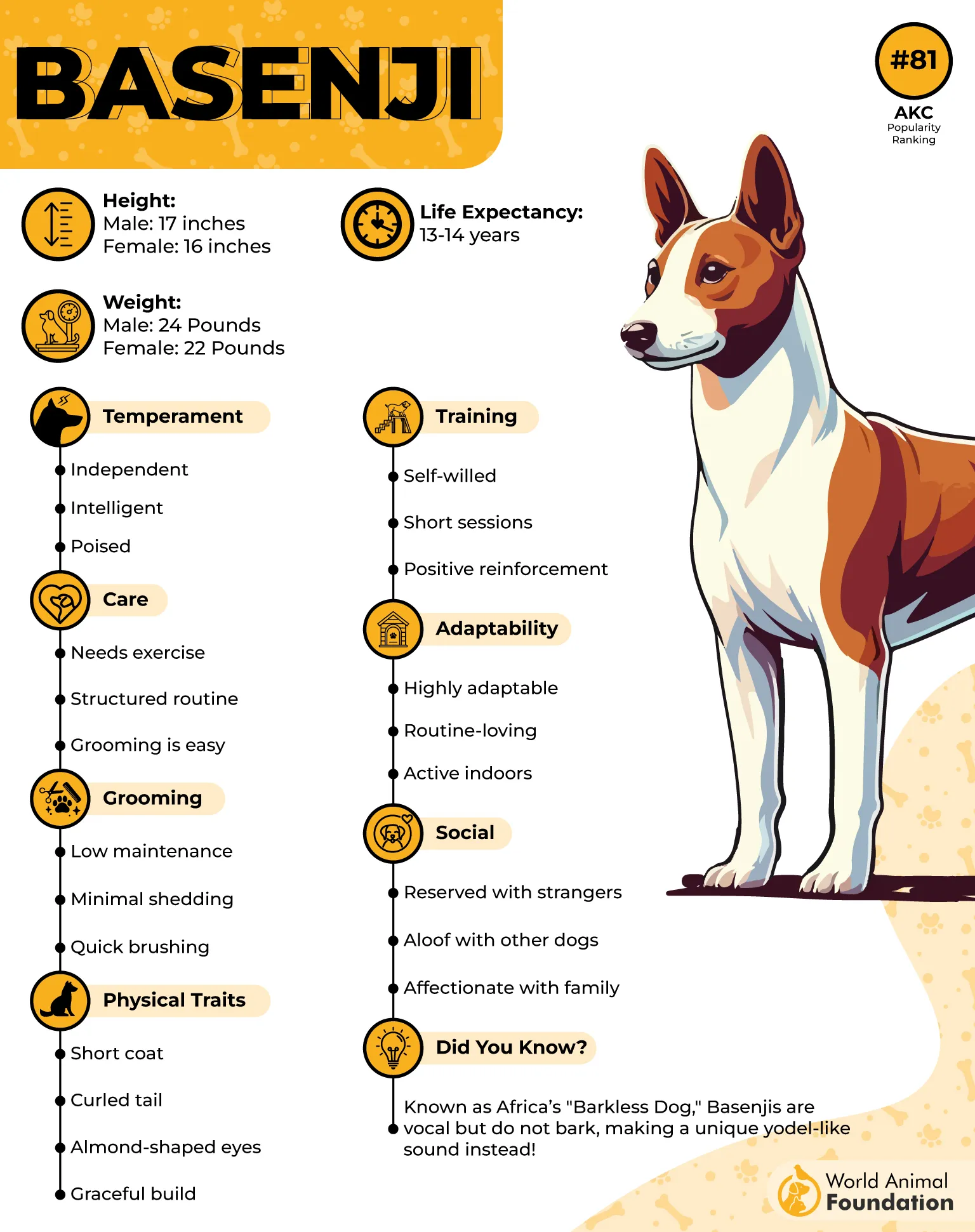
Basenjis demand an owner who understands their independent spirit and channels it through structured play and adventure.
Fun fact: Despite being a hound, the Basenji doesn’t bark — it produces a distinctive yodel-like sound known as a “baroo.”
3. Bulldog
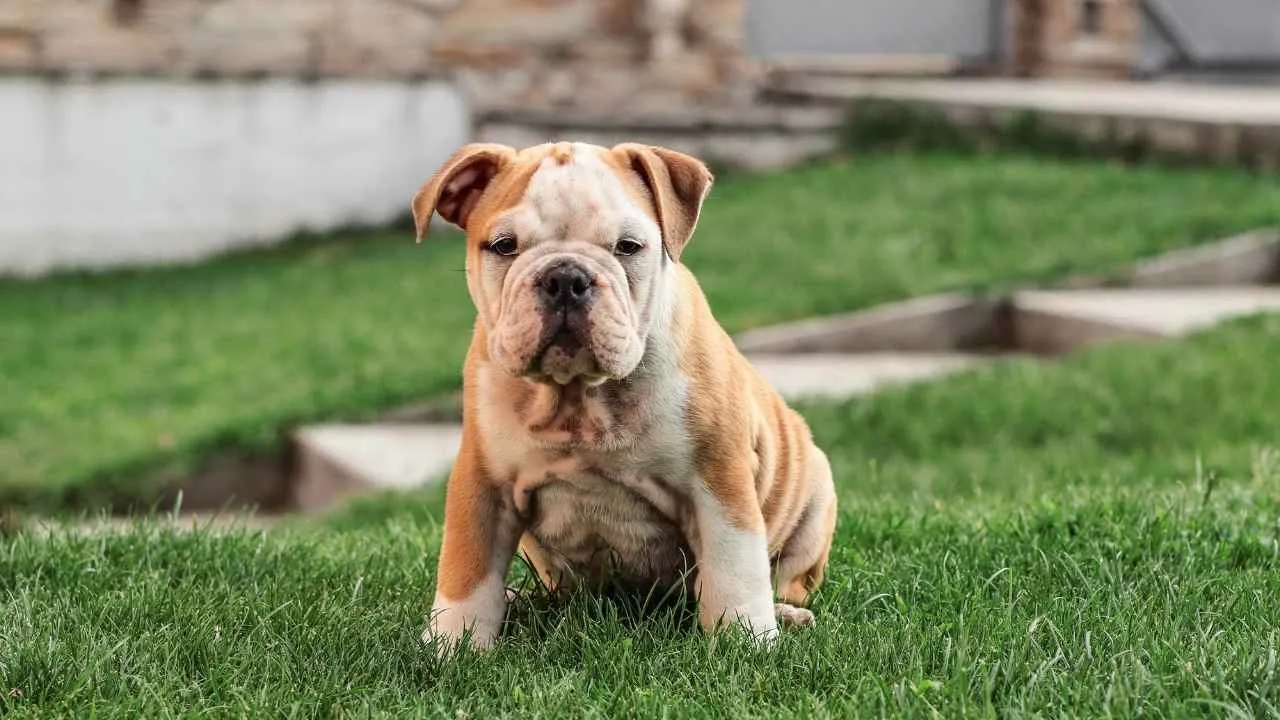
Also known as the English Bulldog, this muscular yet mellow breed is one of the most recognizable dogs in the world. WebMD explains that Bulldogs are calm, gentle companions belonging to the non-sporting group.
Despite their tough look, these dogs are affectionate companions that love lounging more than leaping. However, beneath that charm lies a streak of stubbornness that often makes training a real challenge.
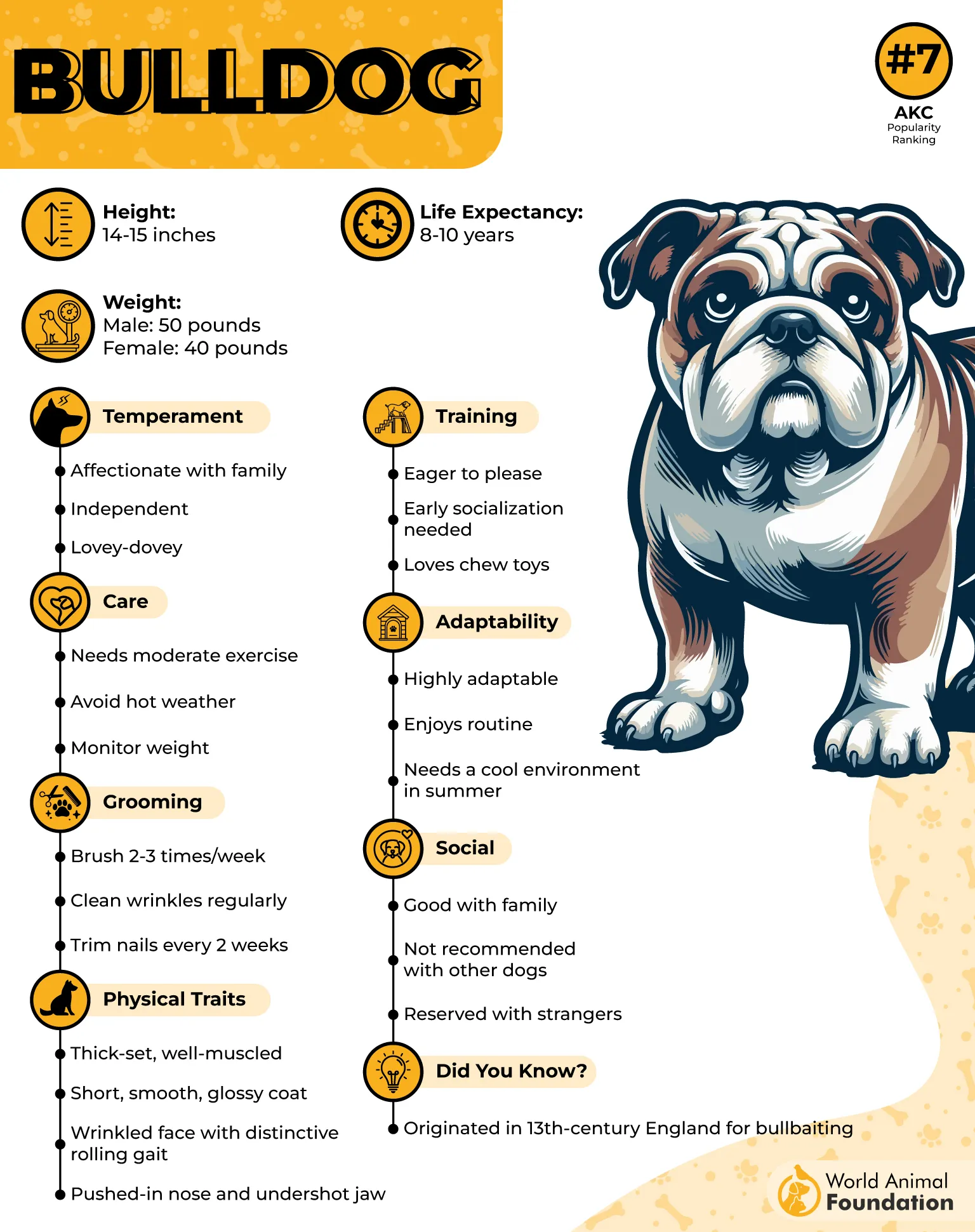
Bulldogs tend to do things on their own schedule, and their independent mindset can frustrate even experienced trainers. They aren’t defiant out of malice—they simply have an “I’ll think about it” attitude toward commands.
Their leisurely pace and low energy mean they may resist repetitive tasks or lengthy training sessions, requiring owners to be both patient and persistent.
Consistency is key when dealing with a Bulldog. They respond best to short, upbeat training sessions and plenty of positive reinforcement—especially treats. Harsh corrections or long drills will only make them more resistant.

It’s also vital to start early, as young Bulldogs are more impressionable before their stubborn streak fully sets in.
Interestingly, the Bulldog’s ancestors were bred for bull-baiting, a brutal sport that demanded courage and tenacity—traits that today translate into quiet determination and occasional hardheadedness.
4. Chow Chow
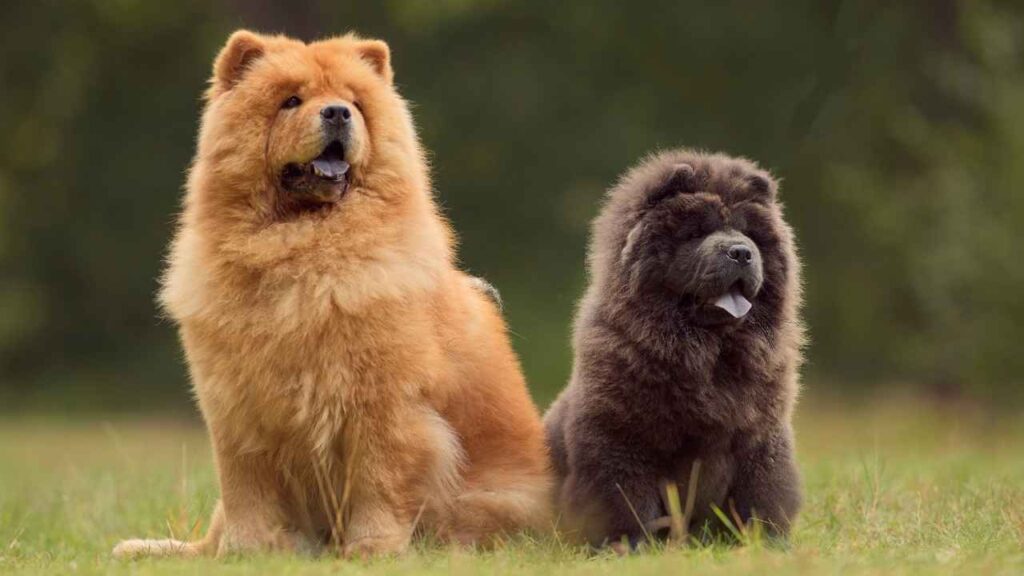
Also known as the “Lion Dog” or “Songshi Quan,” the Chow Chow is one of the world’s most ancient breeds, instantly recognizable by its lion-like mane and signature blue-black tongue.
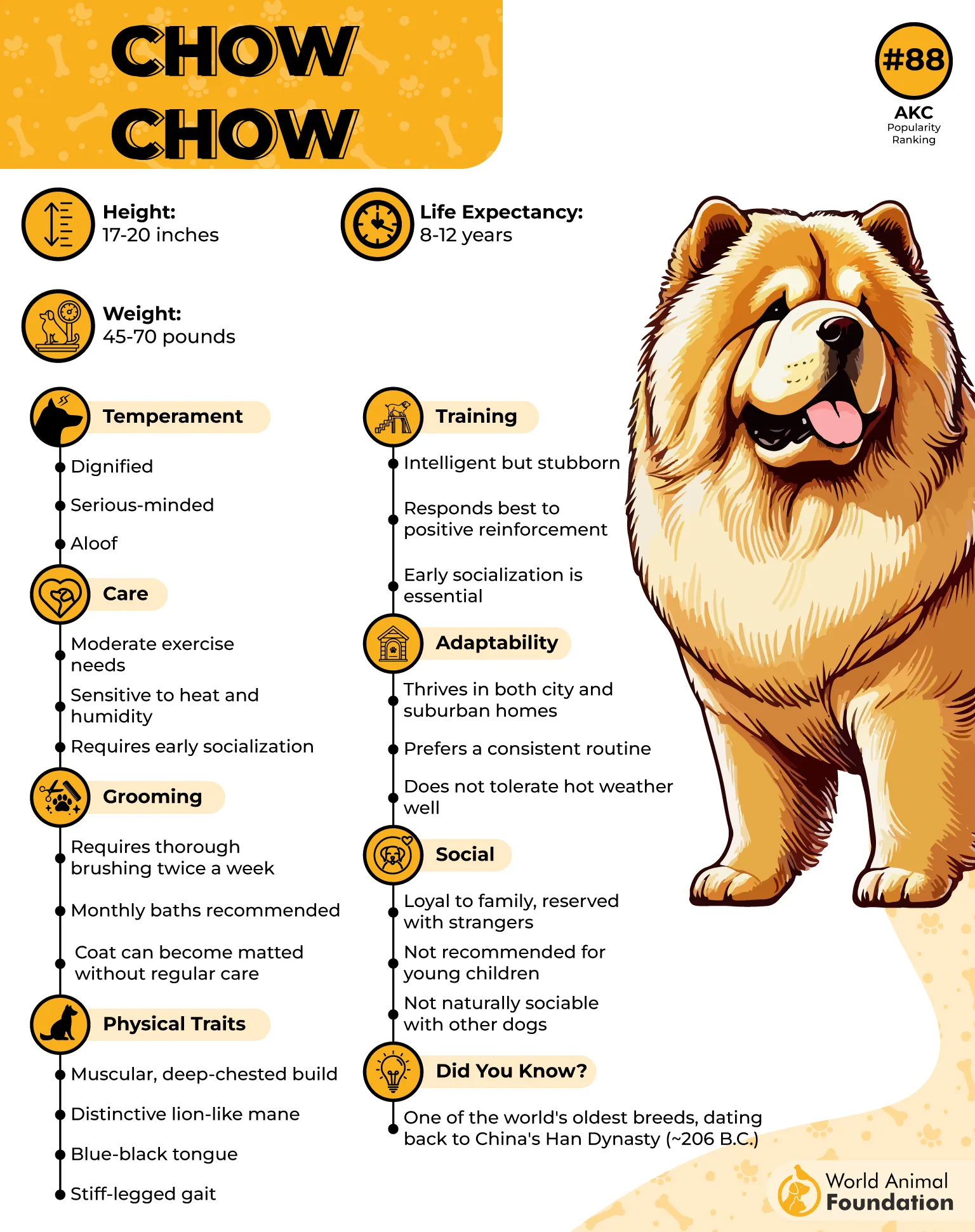
Despite its plush, teddy-bear appearance, this breed carries a proud and independent spirit, often preferring to think for itself rather than follow commands blindly.
Chow Chows are notoriously difficult to train because they don’t possess the eager-to-please nature found in many other breeds. Instead, they’re strong-willed and discerning, often questioning the necessity of commands before acting.
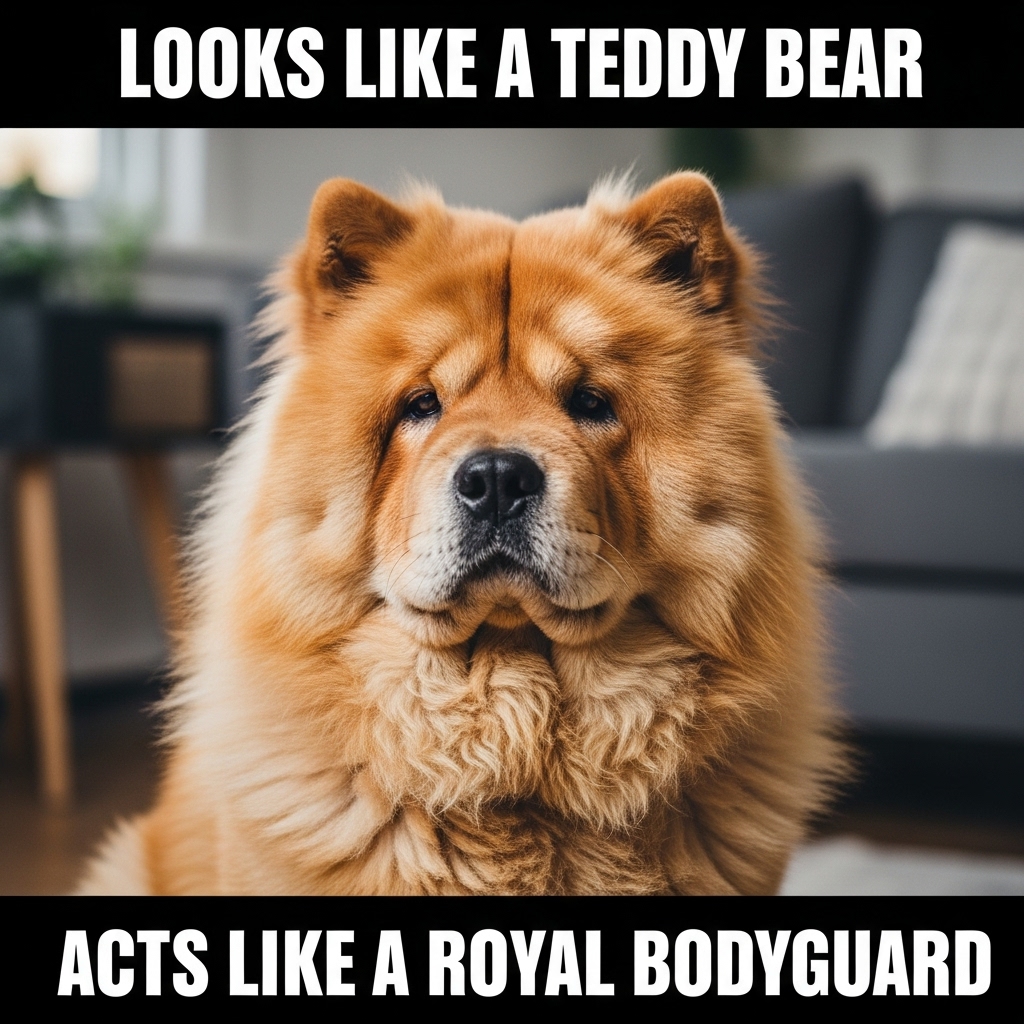
Their independence requires an owner who can establish calm authority early on, using consistency and patience rather than force.
With a tendency toward aloofness, these dogs form deep bonds with their families but can be wary of strangers. Without early socialization, they may develop overprotective instincts that make them territorial.
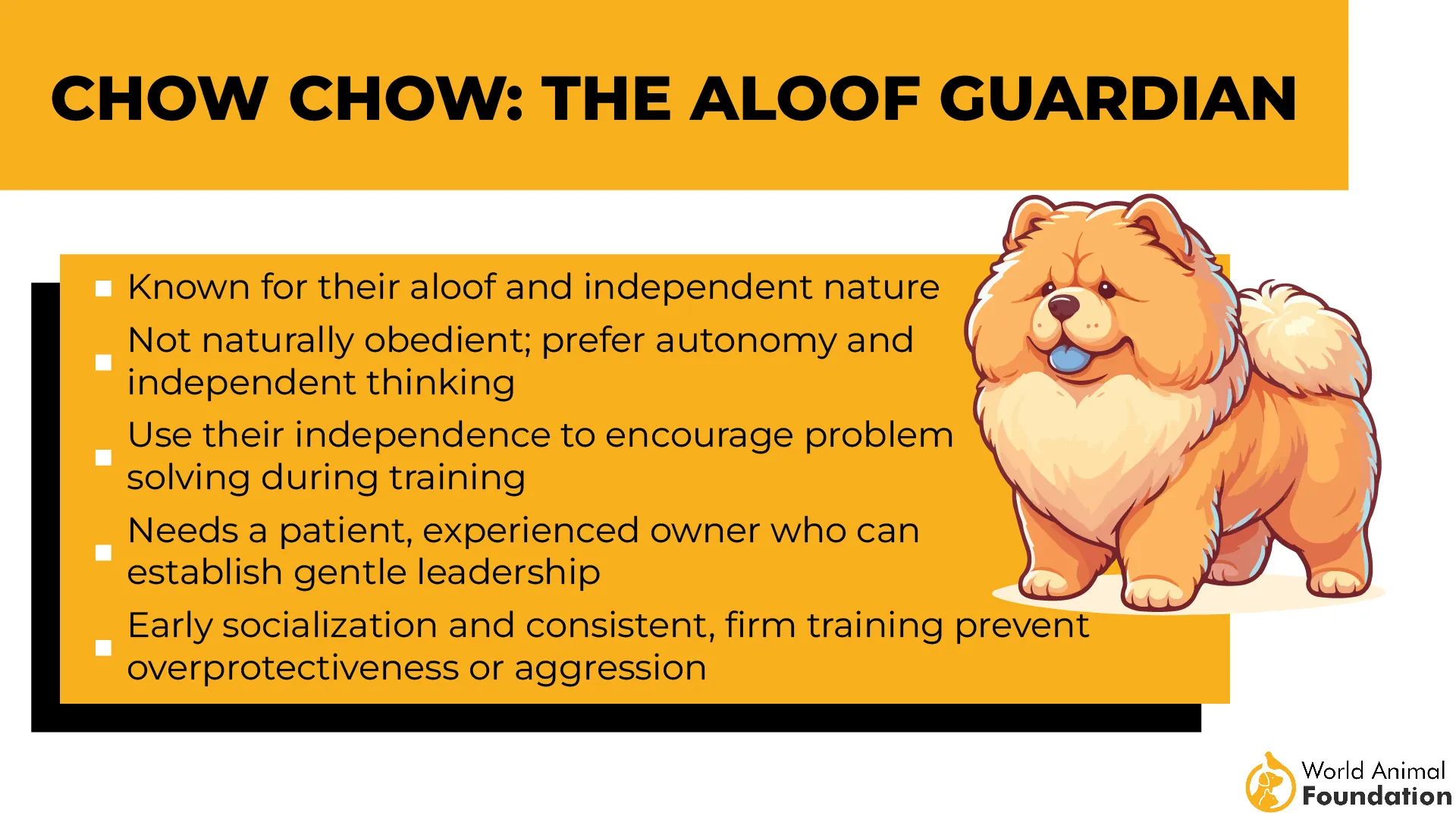
Experienced handlers understand how to balance firm leadership with positive reinforcement to guide this breed’s proud temperament.
Though not highly active, Chow Chows thrive on structure and routine. They need short, purposeful walks and mentally stimulating activities to prevent stubborn behavior.
Fun fact: The Chow Chow’s blue tongue is one of its most defining traits—shared by only one other breed, the Shar-Pei.
5. Beagle
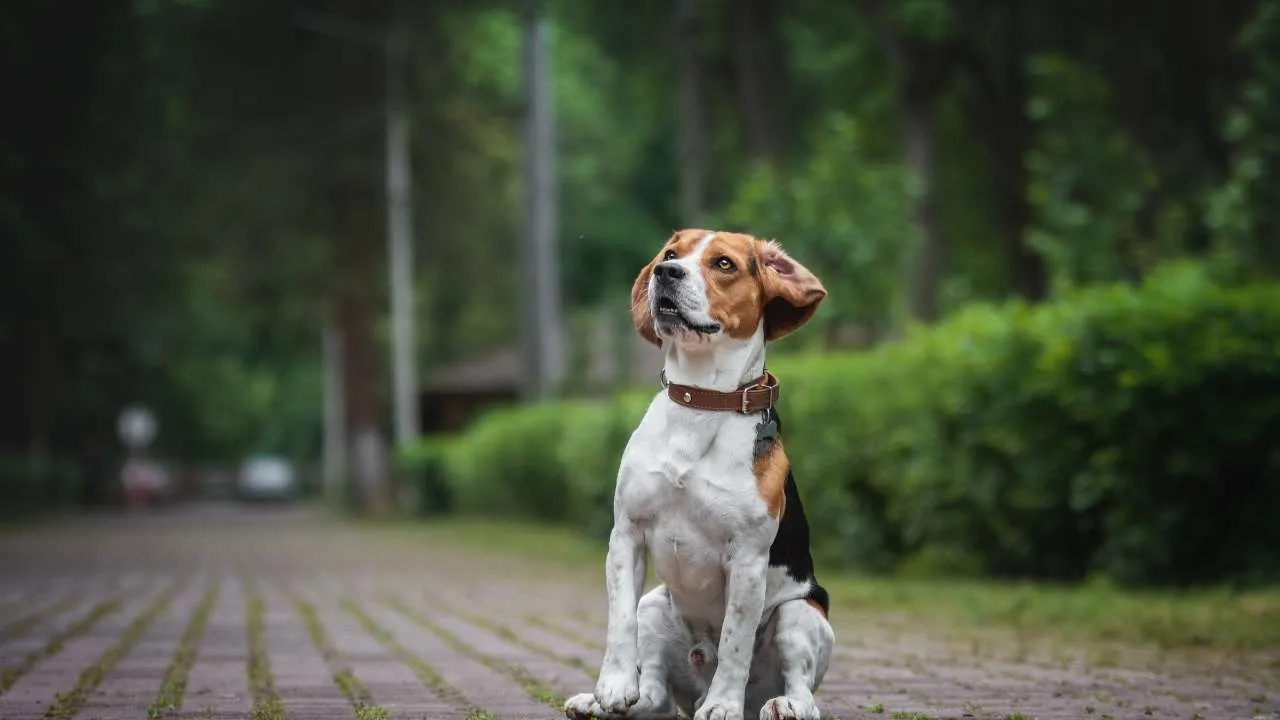
Also known as the “merry hound,” the Beagle is a compact, tricolored scent hound celebrated for its floppy ears, soulful eyes, and boundless curiosity.
Though affectionate and gentle, Beagles are often guided more by their noses than by their owners’ voices, which can make obedience training a serious test of patience.

Their remarkable olfactory skills — second only to the Bloodhound — give them an instinctive urge to follow trails wherever they lead. Once they’ve caught a scent, they may ignore commands altogether, displaying what many describe as “selective hearing.”
This deep-rooted hunting instinct, coupled with their intelligence, means they can outsmart novice owners and turn training sessions into a tug-of-war of wills rather than cooperation.
Beagles are highly food-motivated, which can be both a blessing and a curse. While treats can help them focus, their insatiable appetite may lead to sneaky snack thefts and struggles with weight management.
Consistency, positive reinforcement, and scent-based exercises are key to harnessing their attention and curbing stubborn behavior.

Despite their mischievous streak, Beagles remain cheerful, loyal, and full of heart.
Fun Fact: Beagles are so scent-obsessed that even the U.S. Department of Agriculture employs them to detect contraband food in airports.
6. Basset Hound
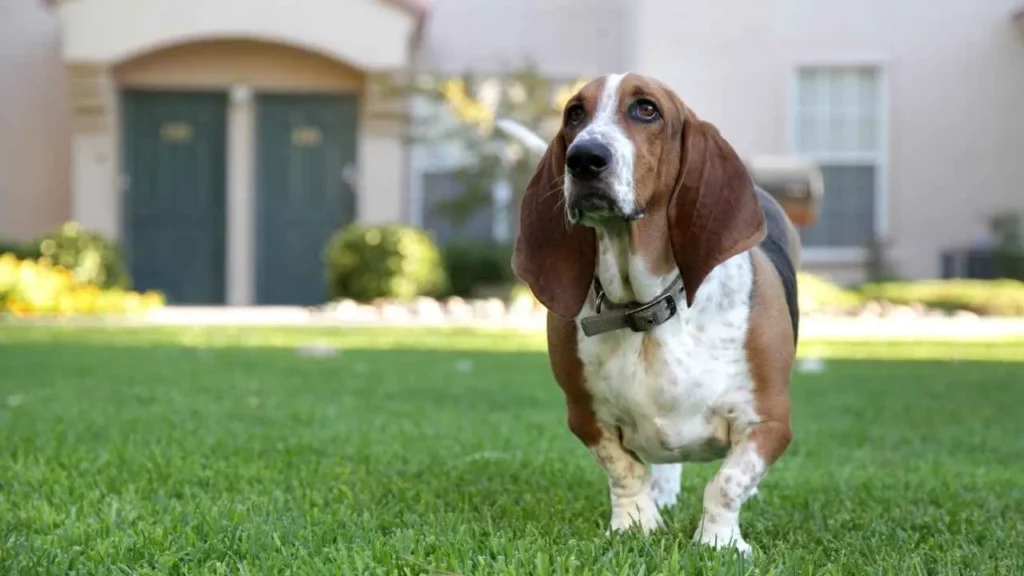
Also known as the “Hush Puppy dog,” the Basset Hound is a French breed celebrated for its droopy eyes, low-slung frame, and long velvety ears. Despite their charmingly lazy appearance, these dogs possess remarkable stamina and strength, making them far more resilient than their short legs suggest.
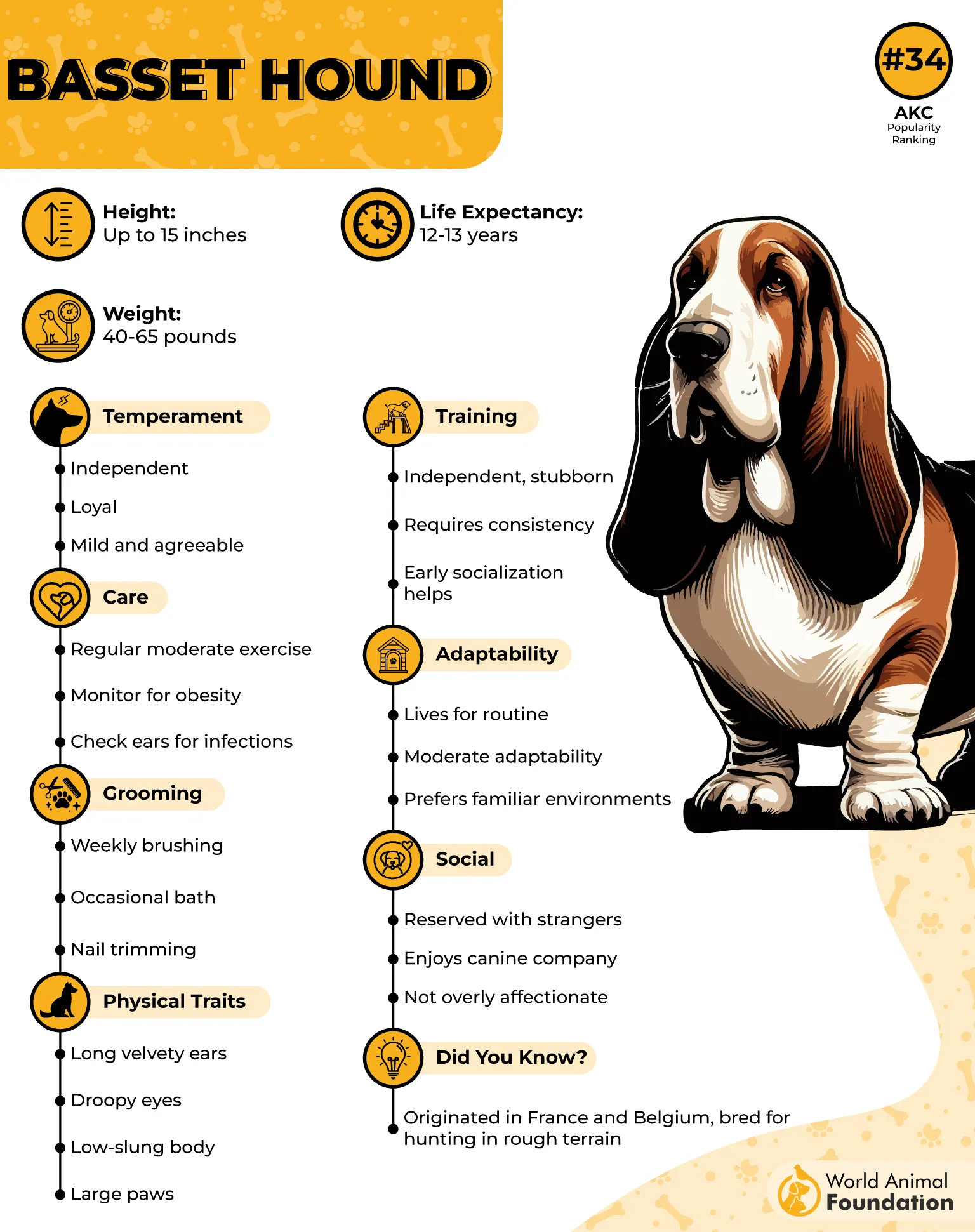
However, when it comes to training, Basset Hounds can test even the most patient owners. Their independent streak, combined with a nose that seems to have a mind of its own, often leads them astray during obedience sessions.
They’re slow learners and notably challenging to housebreak, so early training and consistency are crucial. Positive reinforcement is the key to unlocking a Basset’s cooperation. Since they’re highly food-motivated, rewarding even small successes with treats and praise helps build trust and engagement.

Short, fun, and frequent sessions work best to keep their attention from wandering after every interesting scent. Though they may be stubborn, these hounds are affectionate and loyal family companions when properly trained.
Fun fact: Their sense of smell is second only to the Bloodhound, making them one of the top scent-tracking breeds in the world.
7. Jack Russell Terrier
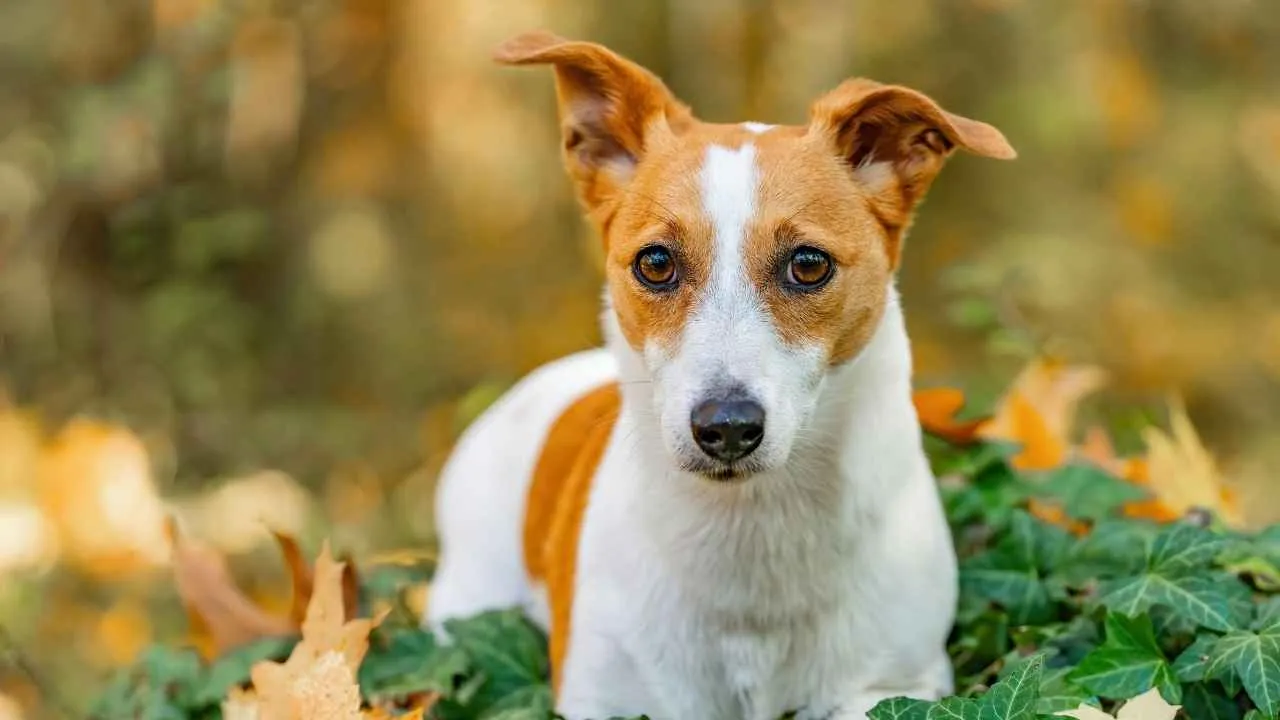
Also known as the Parson Russell Terrier, this small yet muscular breed packs an enormous amount of energy into its compact frame. Their boundless stamina and lively personality make them a joy to watch — but a handful to manage without consistent training.
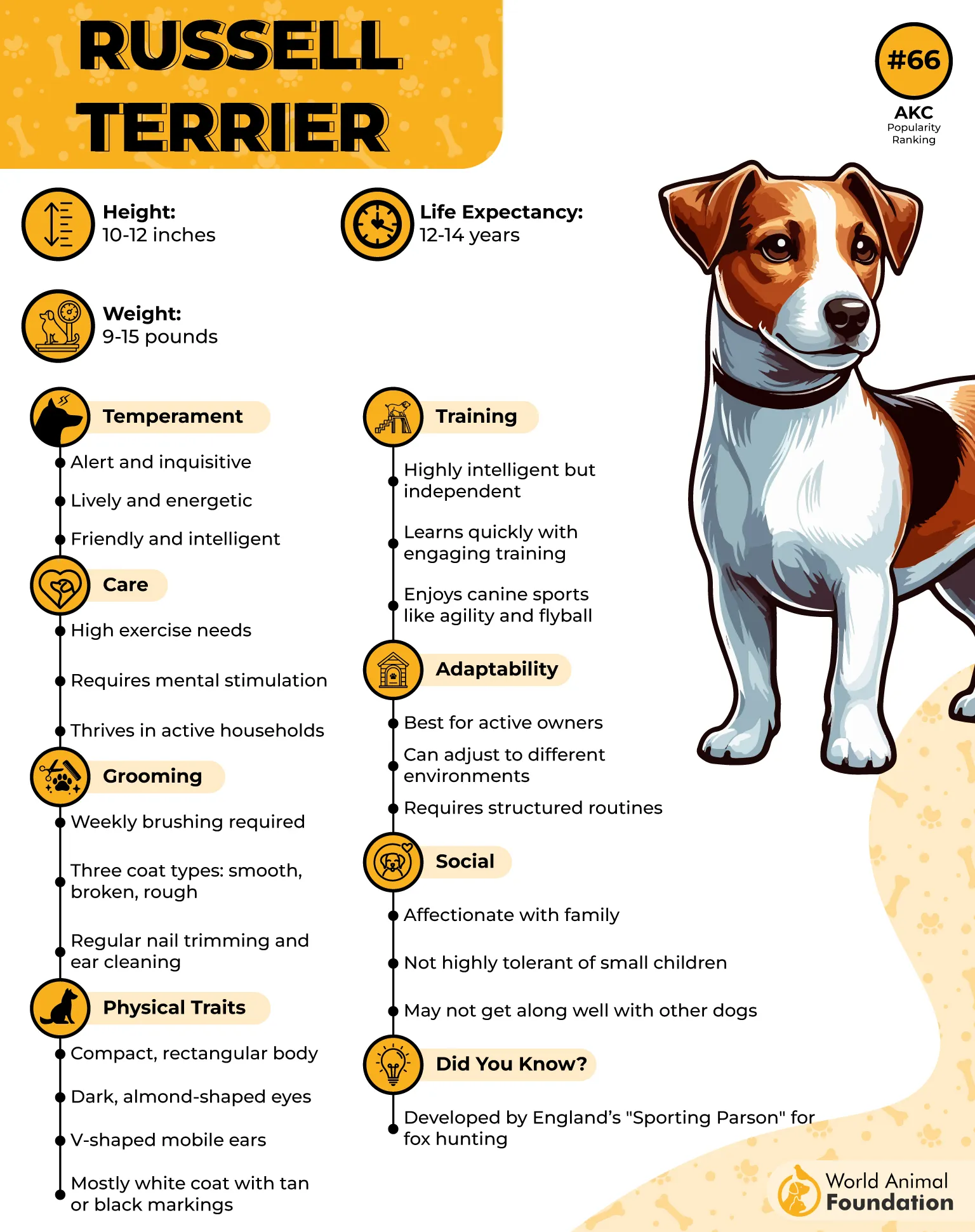
Jack Russells are notorious for their stubborn streak and high prey drive, which often leads them to chase anything that moves. This independent nature means they tend to follow their instincts over commands, testing the patience of even experienced trainers.
Without proper outlets for their energy, they can easily turn destructive, chewing furniture or digging tirelessly to entertain themselves.
These spirited terriers also have a bold temperament that can cause them to pick fights with other dogs if not socialized early. Jack Russells need vigorous daily exercise and mental challenges like agility training or scent games to thrive.
Their talkative side adds another layer of challenge — they bark and “chat” when excited, bored, or trying to get attention. A home with a secure yard and no small pets suits them best, as they’ll pursue cats and rodents on sight.
Fun fact: This breed is prone to a genetic eye condition called lens luxation, which can lead to painful inflammation and vision loss if untreated.
8. Siberian Husky
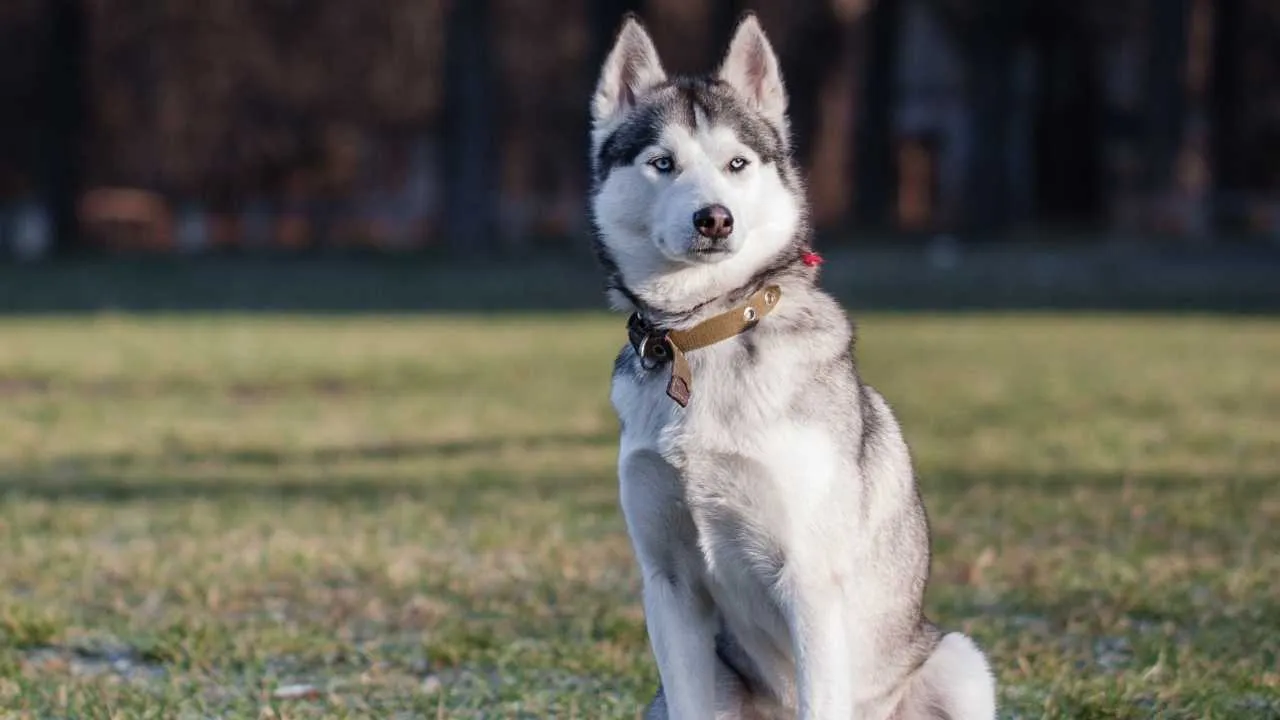
Also known as the “Chukcha” or “Siberian Sled Dog,” the Siberian Husky is a strikingly beautiful breed, instantly recognized by its wolf-like features, piercing blue eyes, and thick double coat.
These dogs were bred for endurance and teamwork—traits that make them brilliant but also notoriously independent thinkers.
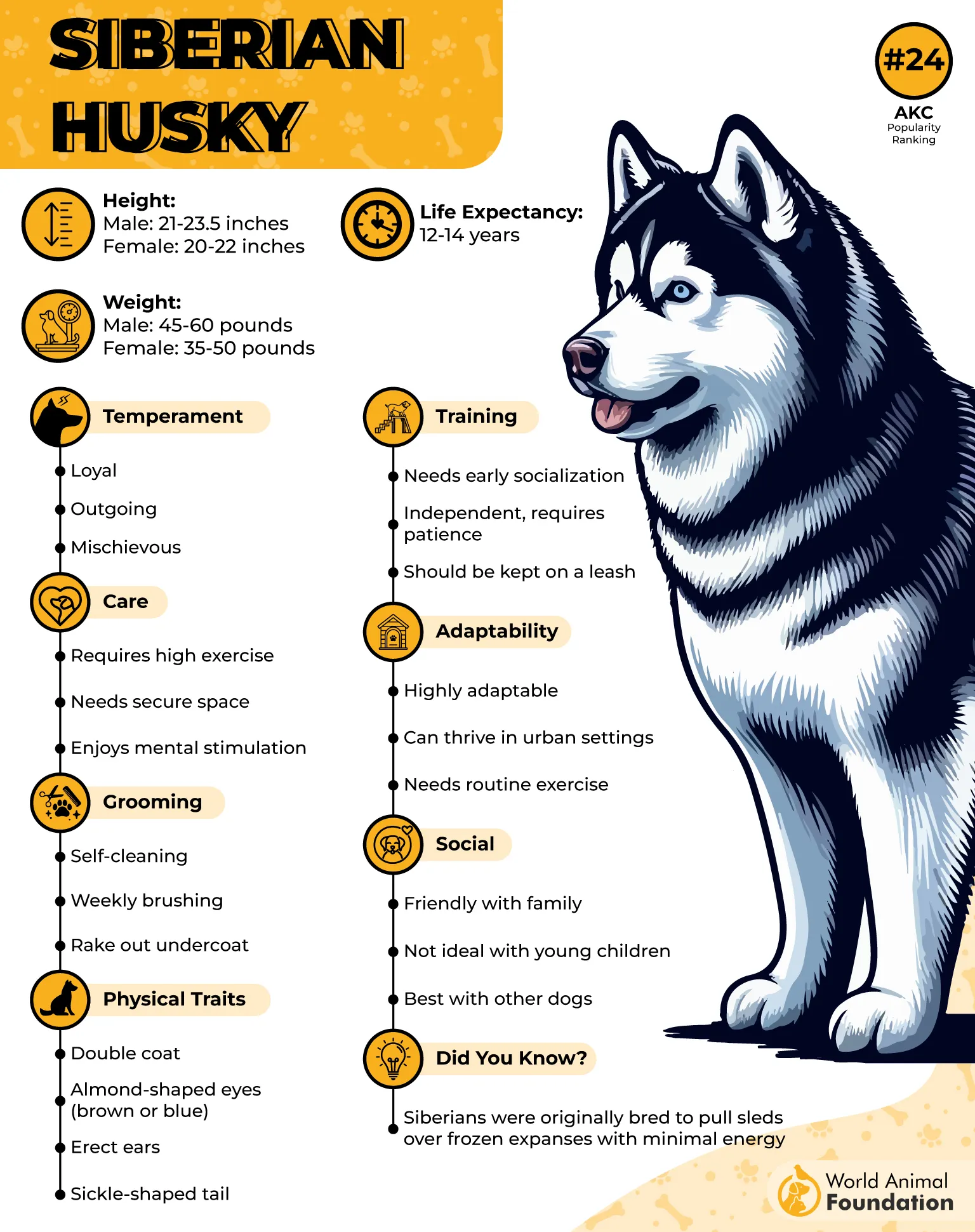
While their intelligence is admirable, it often translates into selective hearing during training. Huskies prefer to analyze commands rather than obey them outright, making them better suited to owners who are confident, patient, and experienced with strong-willed breeds.
Without firm, consistent leadership, they’ll test boundaries and find creative ways to outsmart their humans.
This breed’s high energy levels and curiosity demand extensive exercise and mental stimulation. A bored Husky is a mischievous one—expect digging, howling, or even elaborate escape attempts if their needs aren’t met.
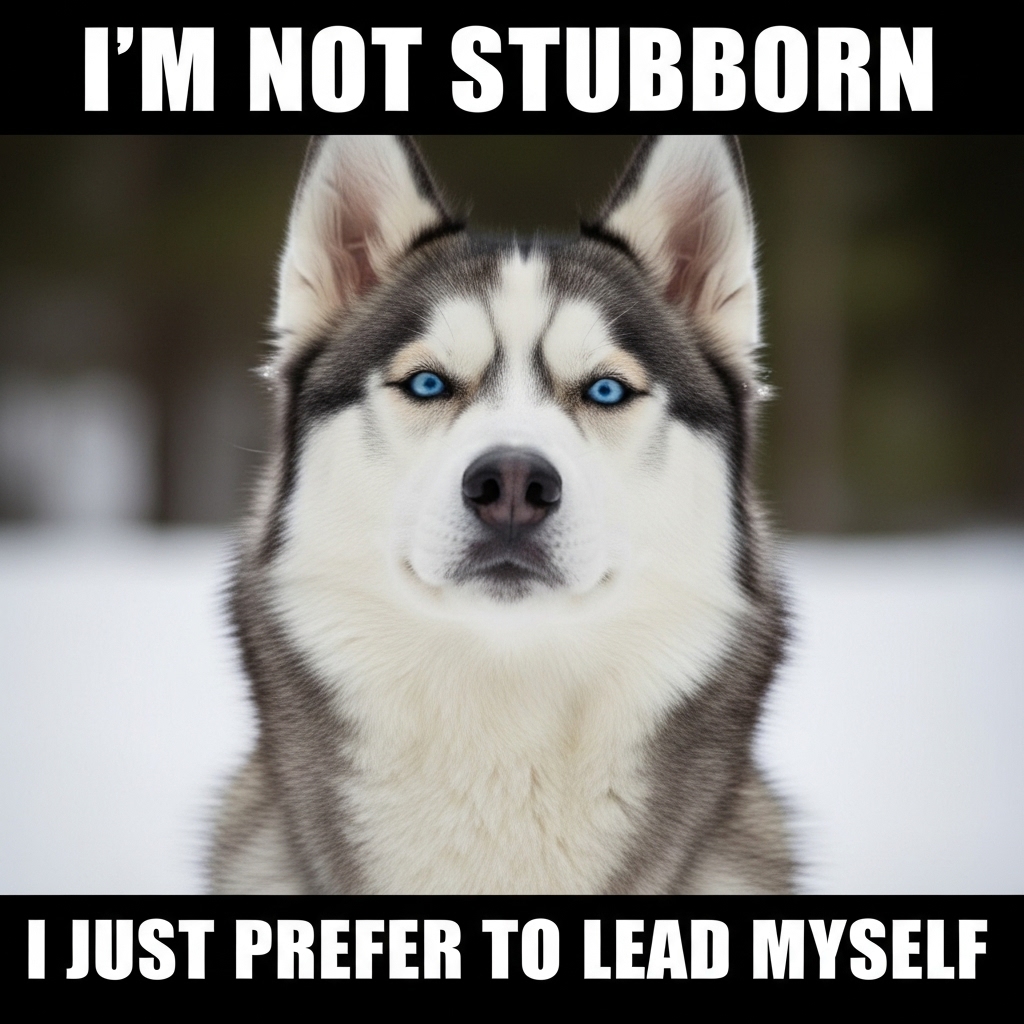
They thrive in homes where daily runs, agility games, and tasks mimic the sense of purpose they were bred for. Because of their social nature, Huskies bond closely with active families but rarely become “one-person” dogs.
Interestingly, they’re famed for their heroic role in the 1925 “Great Race of Mercy,” when sled teams of Siberian Huskies helped deliver life-saving serum to Nome, Alaska.
9. Chinese Shar-Pei
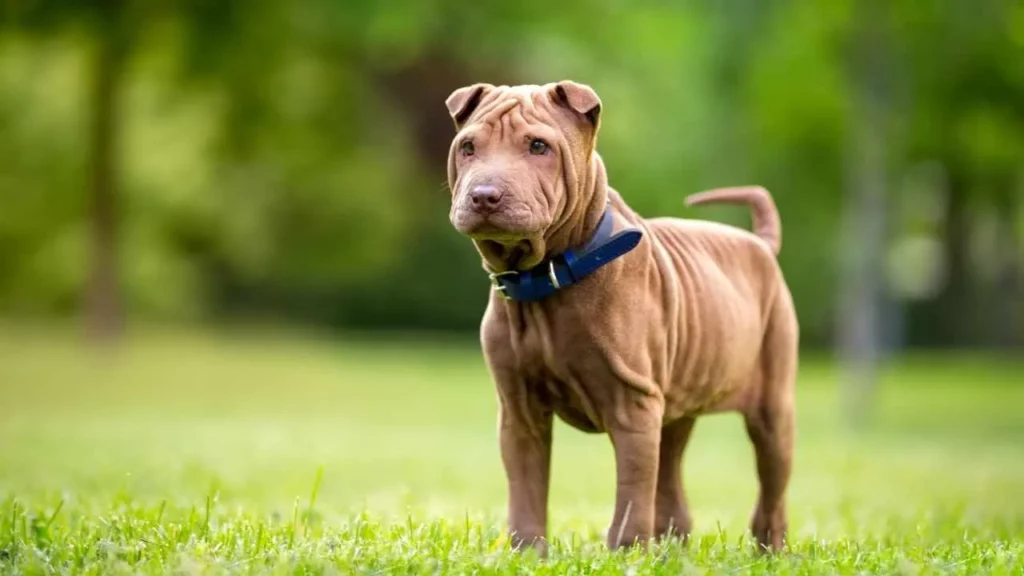
Also known as the “wrinkled wonder” or “sand skin dog,” the Chinese Shar-Pei stands out with its deep-set wrinkles, broad muzzle, and blue-black tongue. Despite their adorable, plush appearance, Shar-Peis are confident, strong-willed dogs with a fiercely independent streak.
When it comes to training, Shar-Peis can be a true test of patience. They are intelligent but highly self-directed, often deciding when — or if — they want to listen.
This independent mindset can make obedience sessions challenging, especially for first-time dog owners. Starting training early and maintaining consistency are key to success.
Their protective instincts run deep. Shar-Peis form strong bonds with their families, but without proper socialization, they can become overly territorial or wary of strangers. A confident, calm leader helps them channel their guarding nature into positive behaviors.
These dogs respond best to firm yet gentle guidance and plenty of positive reinforcement. Harsh corrections only heighten their stubbornness. With time, trust, and patience, a Shar-Pei’s loyalty and devotion shine through.
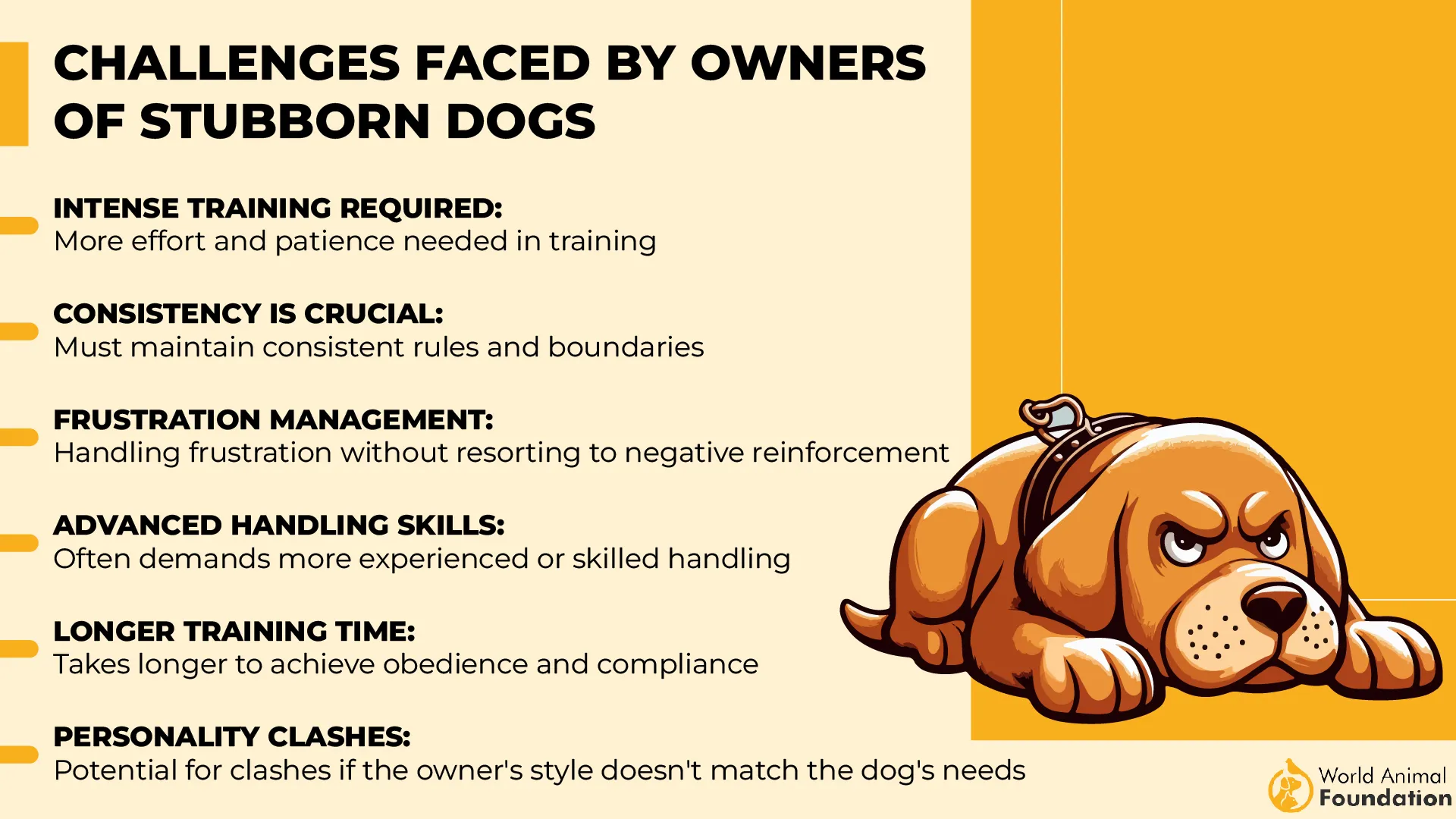
Fun Fact: The Chinese Shar-Pei was once so rare that it was listed in the Guinness World Records in the 1970s as the world’s rarest dog breed.
Conclusion
Training a headstrong pup takes more than commands—it requires patience, structure, and a deep understanding of the breed’s instincts. Many difficult dog breeds were originally bred for independence, strength, and decision-making in challenging environments.
These traits, while admirable, can make obedience training a true test of consistency. Using proven training methods such as positive reinforcement and clear leadership ensures these loyal dogs learn to respect and trust their owners.
Remember, even the hardest dogs can transform into well-mannered companions with time, care, and commitment.
For households with other family members, especially children or seniors, early socialization and firm boundaries are key. Whether you’re dealing with a herding breed or a determined working dog, success lies in balance—meeting their mental and physical needs while fostering respect.
With dedication, even the most stubborn learners can become devoted, dependable partners.


